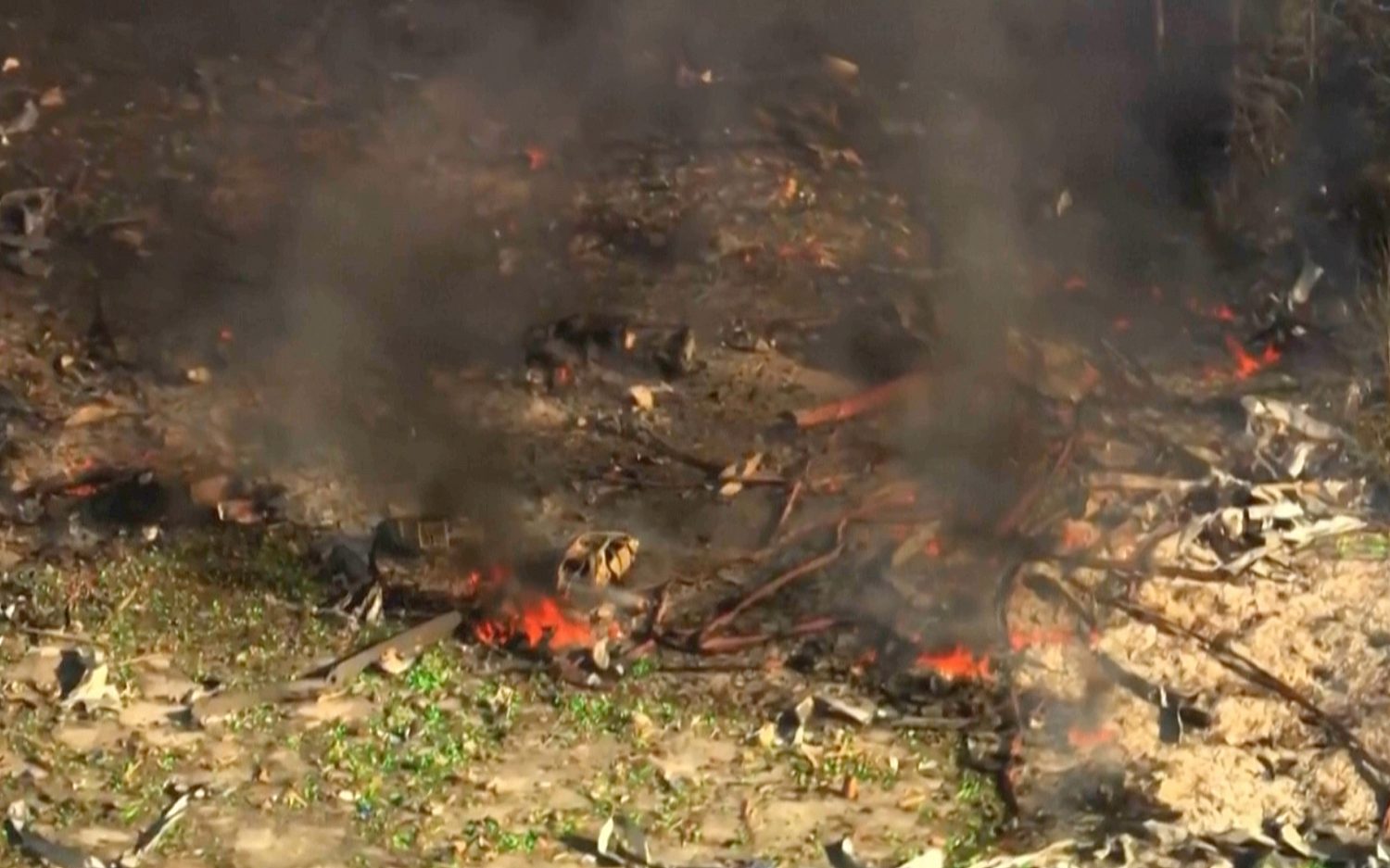Chef’s Table is a storytelling feast
The Netflix series leaves viewers hungry for more
Each episode of Chef’s Table and Chef’s Table: France, recently released on Netflix, is a mini biopic of one award-winning chef that tells his or her story from start to finish, perfectly punctuated with some of the most beautiful food in the world.
Artists of all kinds often find inspiration watching the life and creative processes of other artists, and the series is no exception since each dish contains so much talent and creativity. Each cuisine also communicates a message about the chef’s view of the world. How did he arrive at that worldview? How has professional success, especially winning one or more coveted Michelin stars, affected her? Has his career involved, alienated, or been inspired by his family?
Each chef’s life is genuinely interesting. The chefs have wildly different creative and management styles, huge egos, and seasons of utter desperation. In the first season, one chef recalls the discovery that a strange white spot on his tongue was stage 4 cancer. He temporarily lost his sense of taste—a story that will surely remind musicians of Beethoven, but with a much happier ending.
Unlike storylines in the first and second seasons, which tend to meander, Chef’s Table: France stays tightly focused on what makes each chef stand out in the culinary landscape. Take Alexandre Couillon, creator of La Marine in Noirmoutier, France. After growing up on a secluded island he couldn’t wait to get away from, Couillon traveled the world to learn from other chefs (as they all seem to do) and ultimately chose to establish his culinary presence back home in Noirmoutier.
Couillon’s geography challenges are great and not just because it’s hard for customers to get to La Marine. The filmmakers show just how deeply and personally the landscape has affected his cooking using one of the most memorable dishes of the season: a single oyster coated in a thick, black squid-ink reduction, reminiscent of an oil spill that devastated the island’s economy for months.
The film crew is committed to traveling to places like Shanghai just for B-roll, so the series is devastatingly beautiful. It was nominated for several Emmys, including outstanding documentary or nonfiction series, outstanding directing for a nonfiction program, and outstanding music composition for a series.
Chef’s Table contains strong language, especially in scenes depicting the pressure of the kitchen. A few themes arise that might raise questions for children. In the first season, chef Niki Nakayama introduces her sous chef as her life partner, and the cameras visit the two women at home for a meal. Another chef describes a drug-fueled part of his life as his “dark time.”
Chef’s Table is about talented, committed people using food as a vehicle for something else: art, memory, connection, place, or even an environmental message. Chef Dominique Crenn sums it up in season two: “I’m not serving a menu. I’m serving a story. I’m serving my soul. I’m serving a conversation, and I want you to talk back to me.”
All three seasons are currently available on Netflix, with a fourth planned for 2017.
An actual newsletter worth subscribing to instead of just a collection of links. —Adam
Sign up to receive The Sift email newsletter each weekday morning for the latest headlines from WORLD’s breaking news team.





Please wait while we load the latest comments...
Comments
Please register, subscribe, or log in to comment on this article.